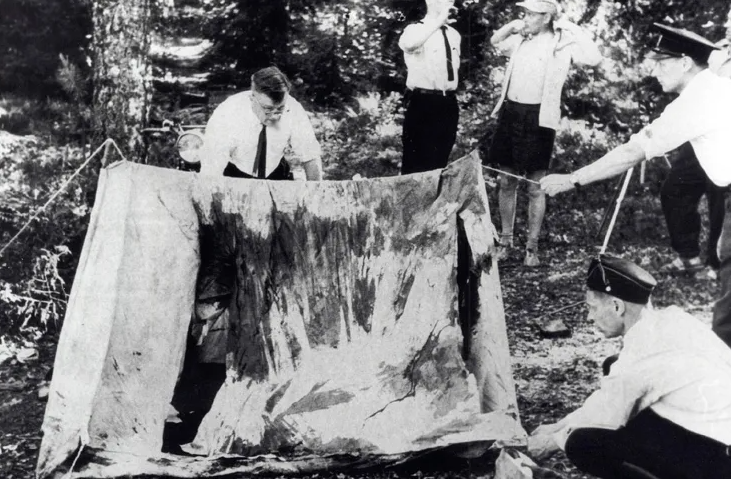Lake Bodom: Finland’s Most Haunting Unsolved Mystery

© Wikipedia
In the early hours of June 5, 1960, a camping trip by Lake Bodom near Helsinki turned into a nightmare. Four Finnish teenagers—15-year-old Maila Björklund, 15-year-old Anja Mäki, and 18-year-old Seppo Boisman—were brutally killed while they slept in their tent.
The fourth camper, 18-year-old Nils Gustafsson, survived with severe head injuries and stab wounds but was the only one to escape the carnage early in the morning.
A Crime Scene Mishandled
The crime scene was chaotic: the tent had been stabbed and bludgeoned from the outside, slashing through the canvas and splattering the interior with blood. Investigators later acknowledged that early intrusion by bystanders compromised critical evidence. Wallets, shoes, and other belongings were scattered or missing, and no murder weapons were ever found. One witness reportedly saw a blond-haired man in dark clothing fleeing the scene around 6 a.m.

The Survivor Under Suspicion
Even decades later, suspicion fell on the lone survivor, Gustafsson. In 2004, he was arrested after forensic investigators claimed blood patterns and missing items pointed to his guilt. Prosecutors theorized that he may have murdered the others and attacked himself to falsely appear innocent. However, Gustafsson’s serious injuries—including a broken jaw and skull fracture—led the defense to argue he physically couldn’t have committed such violence.
Acquitted, but Mystery Continues
In 2005, Gustafsson was tried and ultimately acquitted. The court cited a flawed crime scene, inconsistent evidence, and a lack of motive. He was later awarded compensation for the psychological toll he endured. Yet the judge did not declare anyone else responsible, and the case reverted to being Canada’s most infamous unsolved murder.
Alternative Suspects and Theories
Over the years, at least two other suspects have emerged. One was a hostile kiosk owner known as “the kiosk man,” who allegedly confessed to the murders in a drunken state before dying by drowning in the same lake in 1969. Another was a German-born area resident, reported to have suspicious injuries and seen nearby with blood-stained clothing. Neither was formally charged, hampered by insufficient evidence and the fading trail.

Cultural Legacy of Fear and Fascination
The Lake Bodom murders have become part of Finland’s dark folklore. They have inspired countless true-crime books, documentaries, podcasts, and even a slasher film. A Finnish metal band adopted the name “Children of Bodom,” symbolizing how deeply the tragedy imprinted itself culturally.
Why the Case Still Matters
Despite advances in forensic science, the case remains unsolved. The lack of solid evidence, washed-out crime scenes, and unreliable early investigations have kept the case in limbo. For many, the Lake Bodom murders stand as a haunting reminder that some mysteries defy answers, and some killers escape justice forever.
You might also want to read: Missing Boy From Netflix’s Unsolved Mysteries Found Safe After 7 Years!


